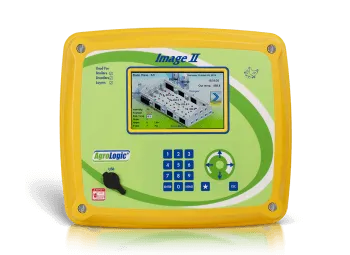Exercise Modifications While regular exercise is essential, high-impact activities like running and jumping should be limited. Instead, low-impact exercises such as swimming or walking on soft surfaces are encouraged. Structured play sessions can help keep the dog active without overexerting the joints.





